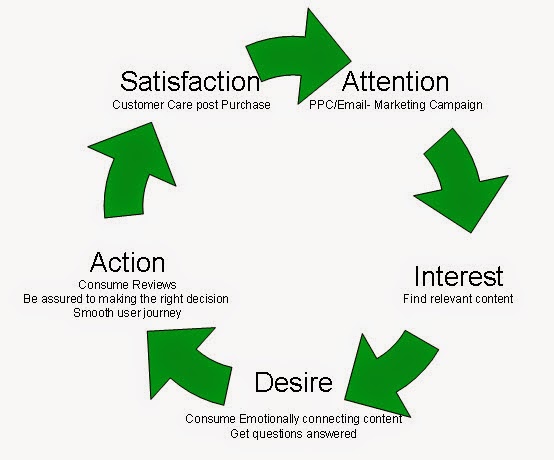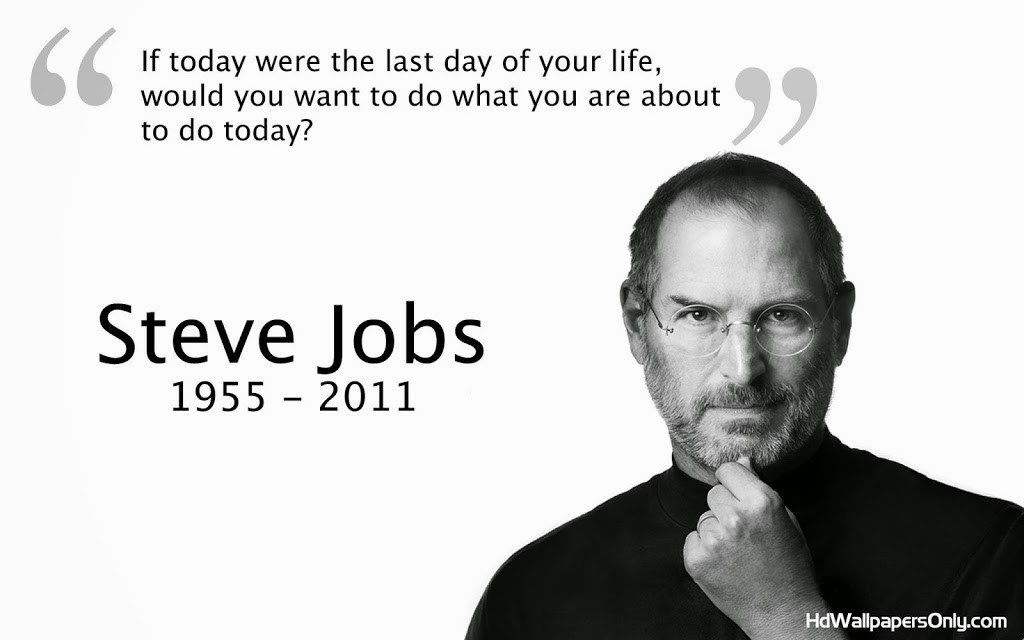Image source
Content marketing is all the rage now.
Fueled by our insatiable need to consume content anywhere, anytime on any digital device, it is the new mantra of Search Engine Optimized (SEO) and social-media enabled marketers around the world.
Leading global brands like Apple, Coca-Cola, Oreo, Nike, Burberry’s and Zappos are using it to build brand affinity, deepen consumer interest, and drive sales.
If content wasn’t king in the past, it sure is now.
Unfortunately, content marketing has been badly misunderstood by many. By wrongly applying its principles, they have misjudged that content marketing is a failure. This is tragic, considering how well content marketing has worked for some of the biggest brands on the planet.
What are some of the myths in content marketing?
Content Marketing = Social Media
Courtesy of JoyofTech.com
To some content marketing is merely a flashier name for using social media. After all, most online content are shared and spread through social media platforms like Facebook, Twitter, YouTube, LinkedIn, Instagram and Pinterest.
Isn’t content marketing about having a corporate profile or page on these social networks?
The answer is no. While content can be seeded and spread on social media, it isn’t just about having a Facebook page, Twitter account or Pinterest board. In fact, most content hubs are websites or blogs rather than social media accounts.
Rather, content marketing focuses on giving helpful information in various formats to educate, engage and entertain. In fact, some of the best examples of content marketing aren’t just found online but offline. A great example of content marketing are the numerous comics and novels which tie-in with the launch of new movies or products.
By investing in developing your own content hub, your brand can increase its influence over your customer communities, and win over their hearts, minds and wallets.
Content Marketing Doesn’t Sell
Unlike the West, Asian city homes are tiny, crowded and cramped. People living in Bangkok, Hong Kong, Shanghai, Singapore, Tokyo or Seoul would much rather escape their tiny homes to shop in huge air-conditioned malls.
Those who prefer to buy online (like youths) would gravitate to e-marketplaces like Taobao, Zalora, or Qoo10 where price makes a difference. Thus, there is little need for content marketing.
Unfortunately, such views are wrong. They focus on the final step of the purchasing process, ignoring the entire chain of events leading to a sale.
If you look at the purchase cycle (Marketing 101) below, you’ll realise that the actual transaction itself is only one-fifth of the buying process. A lot more should take place BEFORE your customer decides to open her wallet, fish out her credit card, and key in her particulars.
Courtesy of pod1
To get to the “Action” stage, you need sufficiently good content to attract “Attention”, generate “Interest”, stir “Desire”, and provide post purchase “Satisfaction”. Even the purchase action itself is often influenced by good content.
Thus, online merchants – including those on Asian marketplaces – need to include detailed product specifications, beautiful photos, size dimensions, customer ratings and reviews. All of which are examples of content.
You Need an Epic Founder
You don’t have to be Steve Jobs to do content marketing (courtesy of HD Wallpapers Only)
Storytelling is an important ingredient of content marketing. Nobody will notice you if your brand story is bland and insipid.
However, content marketing is much more than spinning a great tale. While having an epic fable (like how Steve Jobs founded Apple, or Tony Hsieh sold Zappos for US$1 billion to Amazon) is awesome, not many organisations can tell that story. Moreover, corporate legends like these are few and far between.
Instead, content marketing is more about your regular programming. Its what distribute through your regular media channels on a daily, weekly or fortnightly basis rather than that sizzling blockbuster speech by your CEO.
By providing useful and engaging content on a daily, weekly or fortnightly basis, you satisfy your audience’s needs and can better influence their future buying decisions.
Content Marketing is Branded Entertainment
No you don’t have to jump from the stratosphere to do content marketing (source of image)
Perhaps content marketing is all about sponsored entertainment. Isn’t that what Red Bull is doing with Red Bull Media?
Companies like Burger King and Old Spice have used highly entertaining content like interactive YouTube videos and tweets to attract their audiences. So have Coca-Cola with its Happiness movement.
For sure, being able to entertain is a big plus for content marketing. After all, you are competing against every other online recreational option like cat videos, baby photos, celebrity shenanigans and more cat videos.
However, strategic content marketing is much more than that. It is about understanding the unique interests, desires and needs of your target customers and producing specific content that meets those researched needs.
Such content can either help to relieve a pain point, solve a problem or fulfill a hidden desire of your customer.
Thus, the content marketing strategy adopted by an accounting software provider may seem boring to you as a consumer, but relevant and helpful to your accountant. It will also be radically different from say that of a professional football team, a toothpaste brand, or a YouTube superstar.
You Need to Produce Tonnes of Content
No you don’t need a content army (source of image)
While a certain frequency of content is preferred (best weekly if possible), content marketing isn’t just about churning out as much stuff as possible via a content marketing mill. Rather, it is about educating, entertaining, engaging or encouraging your targeted customers with valuable content that meets their interests, resolves their issues, or help them to do better at work or in life.
Here, quality trumps quantity. This works not only for your targeted customers, but for search engines like Google.
On a related note, content marketing is not just about creating lots of original content but the curation of relevant and helpful content. In other words, you shouldn’t be afraid to trawl the Interwebs for useful stuff produced by others which you can share with your community.
By doing so, you may win new friends and gain greater influence by spreading goodwill.
All You Need is Good Content
Courtesy of Warrior Poets
Finally, content marketing doesn’t exist in a vacuum. While content may be king, the community is queen.
As the saying goes: “if a tree falls in a forest and no one is around to hear it, does it make a sound?”
Like that tree in the forest, good content is only relevant and real if there are people around to see it, consume it, and spread it. To build a strong following for your content, consider the following pointers:
1) Craft and curate your content with your targeted customers in mind. Meet their needs in as specific a manner as possible.
2) Actively participate in online communities of folks with like-minded interests. Leave helpful comments and show a genuine interest in what others are doing. Don’t be a self-serving spammer.
3) Build your own communities – be they online or offline – and provide value to members. Occasionally, organise get togethers to build bonds and deepen relationships.
Are there other myths surrounding content marketing which you have heard? I’d love to hear your thoughts.








Amazing content really liked the way you used Pinterest for explanation and the practical examples which were not related but somehow you turned the meaning which helped in better understanding